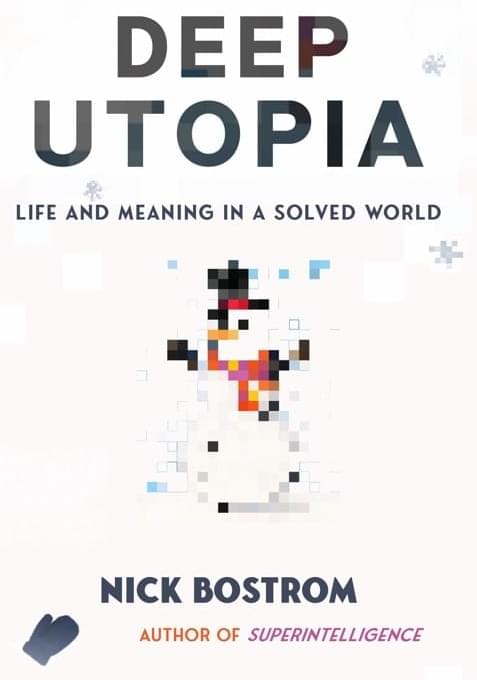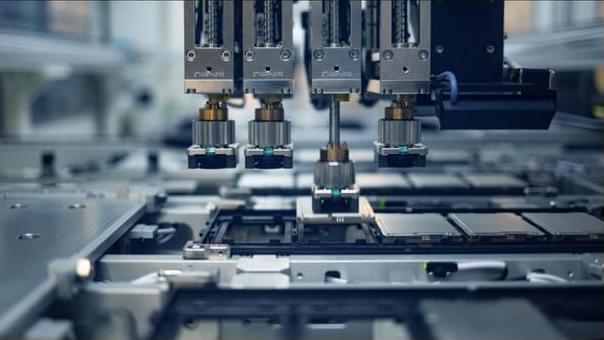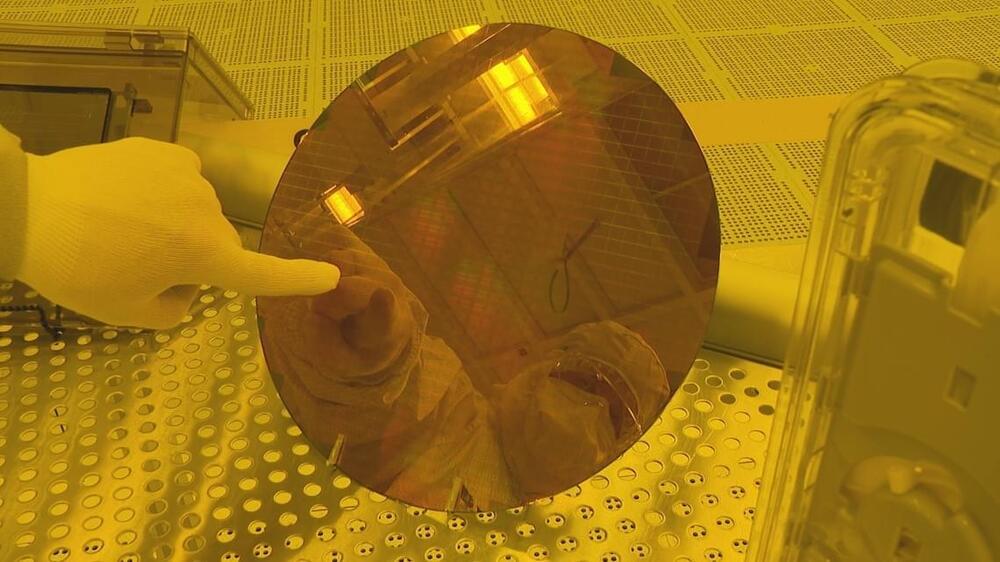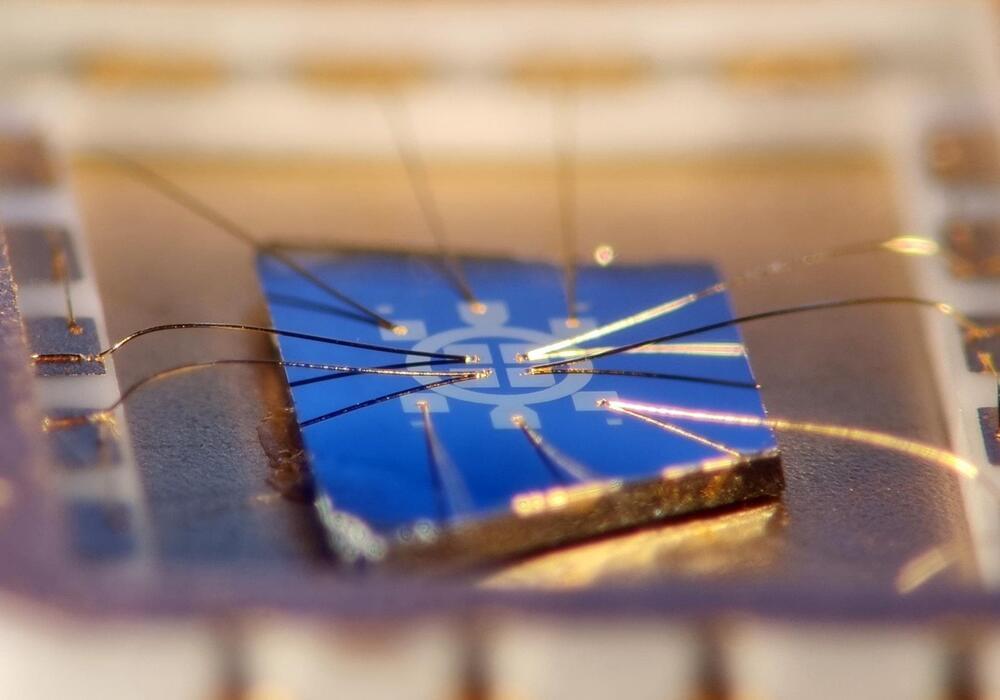Robin Hanson comments on Nick Bostrom’s new tome … has a great cover with a number of interesting questions and a subtitle that hints that it might address the meaning of life in a future where AI and robots can do everything. But alas, after much build up and anticipation, he leaves that question unanswered, with an abrupt oops, out of time on page 427. … He tries to address meaty topics like, what keeps life interesting? What is our purpose and meaning when the struggle is gone? Can fulfillment get full? But in each case, the pedagogy is more of a survey of all possible answers versus the much more difficult task of making specific predictions. (More)
Bostrom’s Deep Utopia
Posted in futurism, robotics/AI









